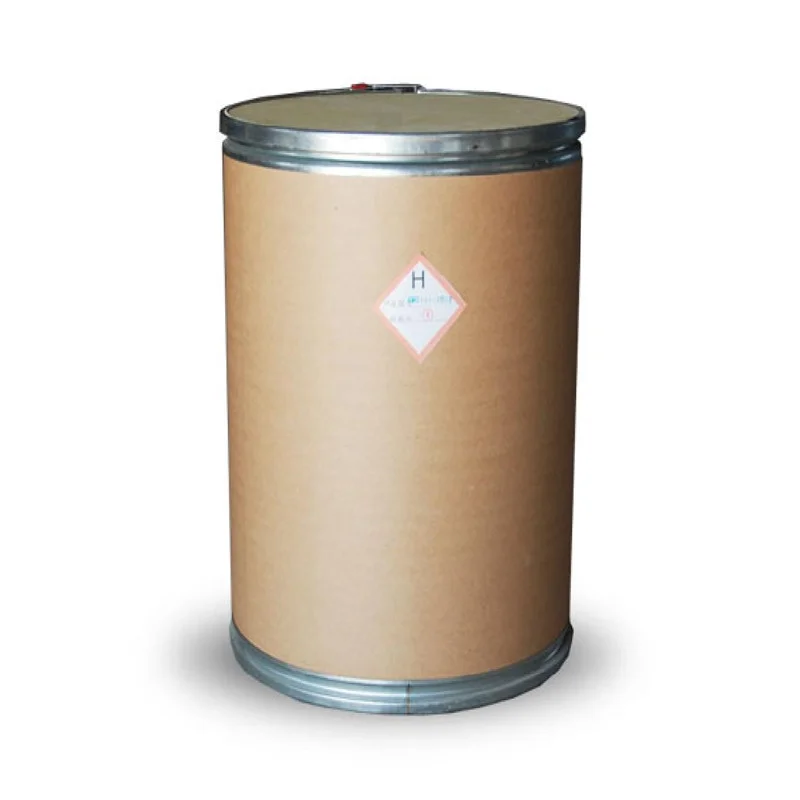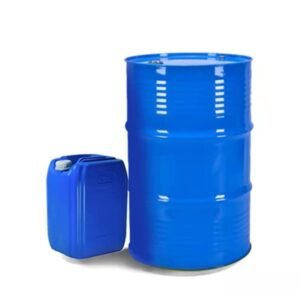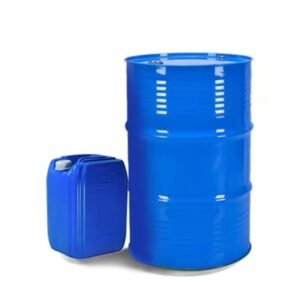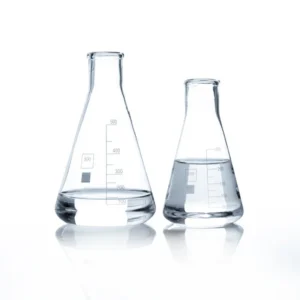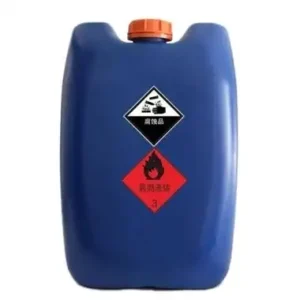| Advantages * PhD research and development team * Frontline production,optimal price * 24/7 online customer service * Professional after-sales engineer online service |
| Classification | Carboxylic Acid | CAS No. | 57-11-4 |
| Other Names | Octadecanoic acid | MF | C18H36O2 |
| EINECS No. | 266-928-5 | Place of Origin | Shandong, China |
| Grade Standard | cosmetics grade,Food Grade,Industrial Grade,Reagent Grade | Purity | 99%min |
| Appearance | White powder | Application | Production of stearate |
| Brand Name | XuChen | Model Number | 99%min |
| port of loading | Qingdao, Tianjin, Shanghai | Package | 25kg/bag |
| Key words | Stearic Acid | Molecular weight | 284.48 |
| Density | 0.84 g/mL | Certificate | ISO,COA |
| Shelf life | 2 years | Boiling Point | 67-72 °C(lit.) |
| Melting point | 361 °C(lit.) | HS code | 38231100 |
Stearic acid, with the CAS number 57-11-4, is a saturated fatty acid characterized by its long carbon chain. Its chemical formula is C18H36O2, and it is also known by several other names, including octadecanoic acid and C18:0.
Chemical Properties
Molecular Weight: 284.48 g/mol
Appearance: Typically a white solid with a pungent, oily odor.
Melting Point: Approximately 69.3 °C (156.7 °F).
Boiling Point: Decomposes at around 232 °C (450 °F) at reduced pressure.
Density: About 0.9408 g/cm³ at 20 °C.
Solubility
Stearic acid is practically insoluble in water but soluble in various organic solvents, including:
Ethanol: Soluble at concentrations of 1.09 g/100 mL at 10 °C, increasing with temperature.
Hexane: Soluble at 0.5 g/100 g at 20 °C, with higher solubility at elevated temperatures.
Dichloromethane: Highly soluble, with solubility increasing with temperature.
Natural Sources and Occurrence
Stearic acid is found in both animal and vegetable fats. It is a significant component of:
Animal Fats: High concentrations in butter (up to 24%).
Vegetable Oils: Lower concentrations, such as 0.8% in tea oil and 6% in palm oil.
Cocoa Butter: Contains about 34% stearic acid.
Applications
Stearic acid is widely used in various industries due to its properties:
Cosmetics and Skincare: Acts as an emollient, emulsifier, and thickening agent, enhancing the texture and stability of products.
Food Industry: Used as a food additive and in the production of certain types of chocolates and confections.
Pharmaceuticals: Functions as a lubricant in tablet production and can help protect drugs from degradation.
Industrial Uses: Employed in the manufacture of candles, soaps, and detergents, where it helps improve texture and performance.
Health and Safety
Stearic acid is generally recognized as safe for use in food and cosmetics. However, as with any chemical, it should be handled with care, following appropriate safety guidelines to avoid potential irritation or adverse reactions.
In summary, stearic acid is a versatile fatty acid with significant applications across various sectors, valued for its chemical properties and natural occurrence in many fats and oils.


